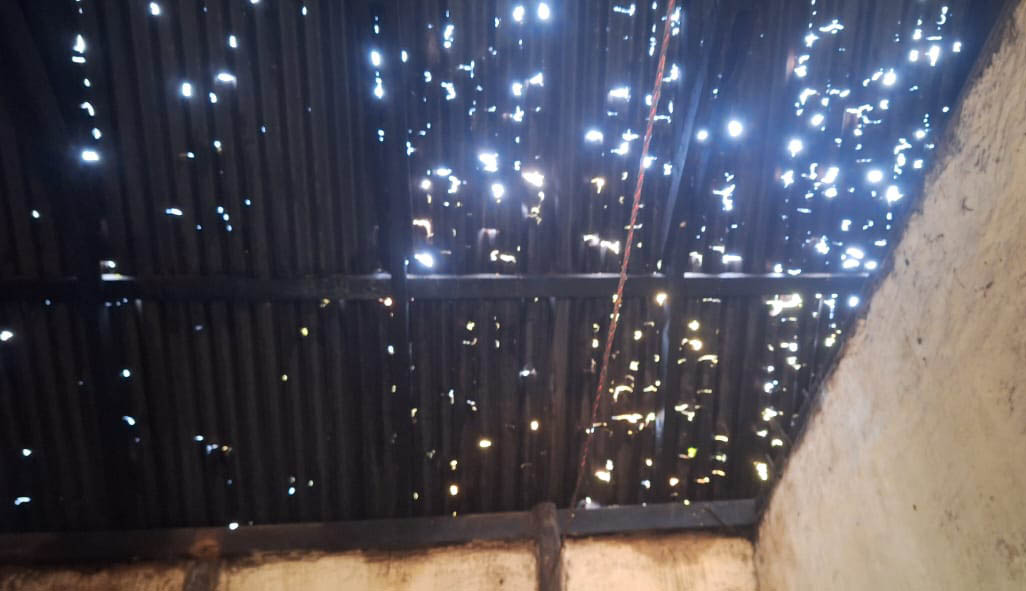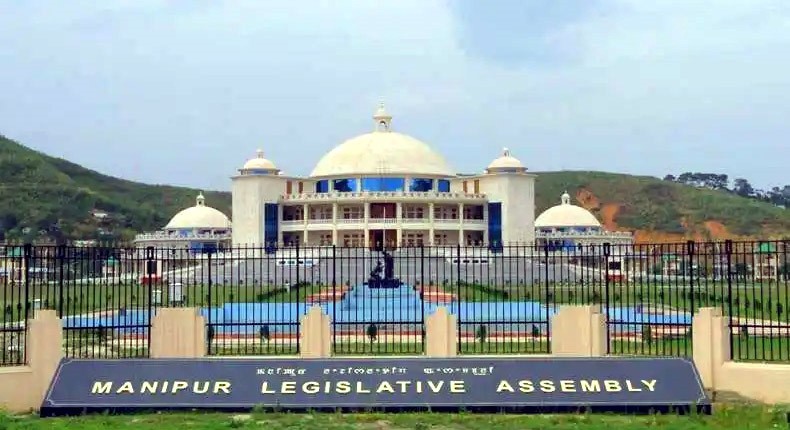According to the Reserve Bank of India’s latest report, extreme heat and humidity may adversely affect labour hours and upto 4.5 per cent of India’s GDP could be risk by 2030. It is estimated that India could account for 3.4 crore of the projected crore global job losses from heat stress by 2030. In a study conducted by United Nations Environment Programme’s on Finance Initiatives and National Institute of Economic and Social Research, it is reported that climate change poses an unprecedented set of challenges to the global economy and by extension to the financial sector. Climate–related risks are too often considered long-term risks by financial actors. Physical hazards will increase in frequency and severity, raising costs and potentially disrupting supply chains. In another study conducted by Madras School of Economics on Impact of Climate on Economic Growth: A Case Study of India (2020) it is found that higher temperature have significant negative impact for poorer districts with a 1°C rise in temperature leading to nearly 4.7 percent fall in growth rate of district per capita income. Higher temperatures not only have level effects, but also growth effects, especially for richer districts. The study suggested credit access, electrification and urbanization and increased roads and market network may play a significant role in mitigating the negative impact of climate change.

Pre-monsoon rains, accompanied by hailstorms, thunderstorms, and strong winds, lashed various parts of Manipur state, causing damage to crops, houses, and power lines while also leading to water logging in several areas in the early hours of 2nd March 2025. The unpredictable rainfall pattern with sudden lightning and thunder claps followed by light to heavy showers across the various districts of the state namely Imphal, Thoubal, Kakching, and Noney. In Thoubal district the hailstorm caused widespread damages at Yairipok Kekru, Khoirom and Heitroipkpi villages under Wangkhem Assembly Constituency. It had damaged the standing crops, tin roofing was perforated and power lines were snapped.
On interacting with some villagers of the affected areas of Wangkhem Assembly constituency, they have expressed their difficulties faced by recent pre-monsoon rains, accompanied by hailstorms, thunderstorms, and strong wind. Mr. Salam Kumar Meetei (60 years) of Khoirom Mathak Leikai, Yairipok expressed in grief that all his vegetables such as onion, garlic, coriander, potato, cabbage, cauliflower, mustard, pea etc. planted in his farm were all damaged by the recent hailstorm.
Every year he could make a profit of Rs 50,000 – Rs 60,000, selling winter vegetables. He also said that around 40 families were planting vegetables near the bank of Thoubal River to make their livings. Many people in his village were all hopeless and disappointed with great damage in their fields. In the last 10 years, farmers of the state faced many problems with damaged of their crops due to extreme weather events such as frequent floods, hailstorms and others. All these loss have washed away the dreams of the farmers leading to serious financial problems affecting their livelihood and food security, he added.
Another farmer, Mrs. Thonggabam Ongbi Ibecha Devi (48 years) of Khoirom Chingya Leikai narrated that all her vegetables (potatoes, coriander, garlic, onion etc.) and her house were all destroyed by the hailstorm that lashed on 2nd March this year. For the last ten years she has been growing vegetables at community farm to support her family and for her family consumption. For this year she cannot make any profit as all her vegetables were all destroyed. She is worried how could she support her family and bears the expenses for her children’s education. Moreover, the roofs of her house were all perforated by the hailstorms. Now she borrowed a tarpaulin to cover the roofs from her neighbour as a temporary shelter. That very night her family members could not sleep and the floors of the rooms were muddy. She found some unmelted hailstones that remained on the floor even the next day. She could not find any means to run her family and to repair her houses. After the incident she is worried that if rains come again it will again worsen her house. So she keeps her eyes all the time looking at the sky. She appeals the concerned authority to provide immediate relief to her family. Many villagers namely Laishram Kunjamani, Wairokpam Bashanta, Maibam Surjit and others have faced many challenges and difficulties by the recent hailstorm. They have faced financial and mental stress. The recent hailstorms not only just destroyed the crops and houses but also the dreams and aspirations of the people. Though their pains and sorrows were expressed in different ways but the ultimate wish of the affected people is calling for an immediate intervention and aid from the authorities to recover from the disaster.
Talking with Professor Chinglen Meisnam of Manipur University on financial impact caused by extreme weather events, he expressed that without any proper assessment by an expert committee any funds or financial assistance will not be provided for any losses. On the basis of the assessments, funds will be recommended by the concerned committee. The concerned authorities need to do the assessment at the earliest after the occurrence of any natural disaster or extreme weather events, so that the victims can get the relief from their problems without further delay. Farmers of the state are not fully aware of the crop insurance and its importance. Manipur is one such state in India which has lowest share of funds related to natural disaster. Mentioning about one of the latest report on forest fire with satellite picture, Prof. Chinglen said that in the last 44 months there were more than 40 thousands forest fire incidents in Manipur during the forest fire season. Deforestation and mass cultivation of poppy plants, diversification of crops, pollution, changing pattern of rainfall, rise in temperature, extreme weather events etc. are some of the indicator that have resulted in the financial distress to individuals and the state, national or world as a whole.
He added that the rural household debt of Manipur is on high increased as compared to other states. It is one of the highest rates in India. With Manipur already trapped in the highest debt rate plus with the increased in cost of production of agricultural activities and inputs with high inflation and damage caused by extreme weather events such as hailstorms, rainfall, heat-waves, drought, cyclones etc. has resulted in loss of income, loss of job, increase in the cost of living, mental stress, financial burden, increase in migration from rural to urban, Agrarian crisis etc. In India around 2000 farmers have quit their farming profession per day as they cannot support their family. Agricultural labourers (farmer who doesn’t own any paddy field) have increased tremendously in the recent past. It is estimated that there are around two lakhs of agricultural labourers in Manipur. If climate change continues beyond human control there will be problem of hunger wave, poverty, and finally suicidal wave. Prof. Chinglen suggested that proper and timely intervention policy and programme with people participation and holistic efforts will help in reducing the problems of the people caused by climate change.
The state needs to adopt climate-resilient agriculture, improve forest conservation, invest in sustainable infrastructure and promote renewable energy sources. Many poor families struggle to rebuild or repair homes after a hailstorm. Relief measures often take time leaving people exposed to harsh weather. So, promotion of hail-resistant roofing material and strengthening disaster relief support for repairing houses quickly will also help in reducing the stress of the people. Strengthening disaster preparedness and early warning systems will be crucial in protecting both the economy and livelihoods. As extreme weather events cause severe damage to agriculture, houses and infrastructure it is essential to make for both immediate relief and long-term solutions for a sustainable economy.
(The article is filed under the 5th State Level Media Fellowship Programme on Climate Change under the sponsorship of Directorate of Environment and Climate Change, Government of Manipur.)












